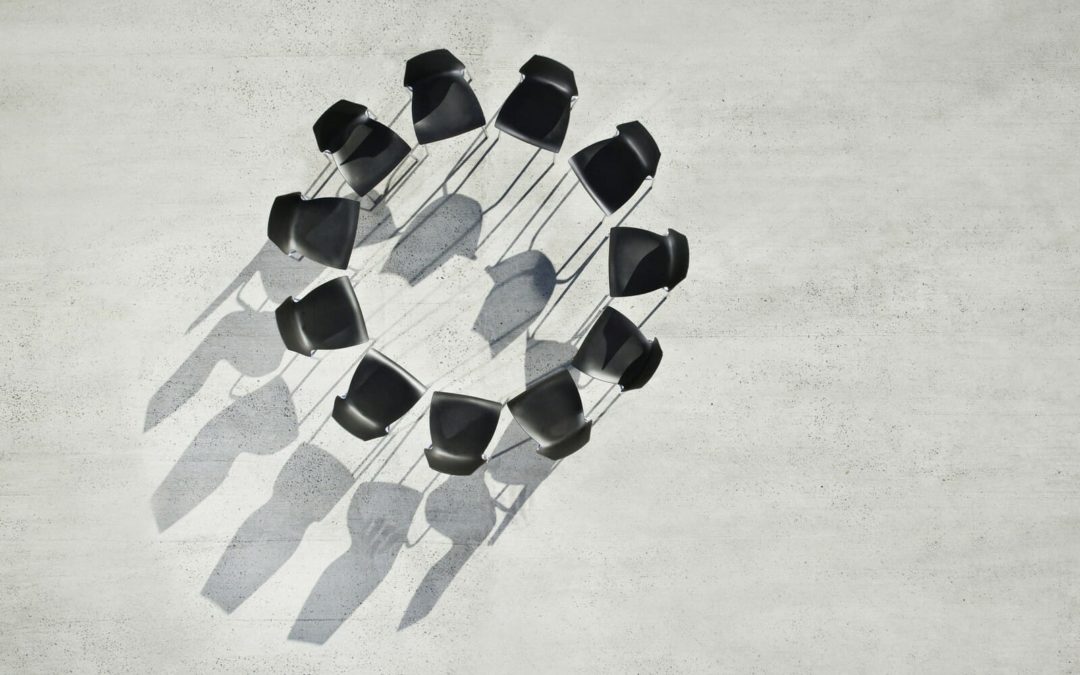The teen years entail some of the most mood-related changes a person will experience in life. Whether through the blossoming of hormones, navigating new worlds and people, or childhood trauma, the mood is an ever-changing phenomenon for teens.
Some young people may experience extreme fluctuations in their mood, which can raise a flag that professional help is needed. Mood disorders can happen at any age yet are challenging to diagnose in teens.
What causes mood disorders in teens?
Mood disorders are a form of mental health illness that clinicians use to describe depression and bipolar disorder. Mood disorders affect a person’s emotional state, where they can experience extremes in moods such as happiness, sadness, or both. There is no known specific cause of what leads to having a mood disorder; instead, professionals believe that it is a combination of factors. Risk factors include:
- Brain structure and chemical imbalances
- Family history
- Trauma, major life changes, or stressors
- Physical illness or use of medications
- Developmental, learning, or conduct disorders
Types of Mood disorders
Although mood disorders describe a range of illnesses between bipolar disorder and depression, they all have their unique features.
Major Depressive Disorder
Major depressive disorder, also known as clinical depression or unipolar depression, is characterized by persistent sadness. It is not related to the occasional low mood or depression that most people may experience in their life. Major depression severely disrupts a person’s daily functioning, such as lack of hygiene, sleep patterns, neglecting responsibilities, and loss of pleasure in activities.
Bipolar Disorder
Formerly known as manic-depression, bipolar disorder consists of extreme mood swings between episodes of mania/hypomania and depression. To receive a diagnosis for bipolar disorder, the person must show symptoms that meet the criteria for mania or depression.
There are different forms of bipolar disorder: Type I, Type II, cyclothymia, rapid-cycling, and unspecified. Some people with bipolar disorder experience mixed episodes, characterized by experiencing both manic and depressive symptoms.
Persistent Depressive Disorder
Persistent depressive disorder, or dysthymia, is a form of mild to moderate depression that is long-term. It involves experiencing a low or dark mood for most of the day, and for teens, these symptoms must occur for two years or more. Symptoms of dysthymia are similar to depression but are experienced at a less intense level.
Premenstrual Dysphoric Disorder
Premenstrual dysphoric disorder (PMDD) is a serious condition that affects young girls and women of child-bearing age in the weeks before their period. People with PMDD experience a spike in hormones before their period starts which their body becomes extra sensitive to and goes away when it starts. Symptoms include depressed or low moods, crying spells, mood swings, irritability or anger, and other physical symptoms such as cramps and body aches.
Symptoms of Mood Disorders
Anyone of any race, gender, or age can develop and find a diagnosis for a mood disorder. However, symptoms in children don’t always look the same as adults – which can make finding a diagnosis in adolescents trickier. Symptoms include:
- Persistent feelings of sadness
- Low-self esteem
- Suicidal thoughts or ideations
- Loss of interest in daily activities
- Anhedonia or the loss of pleasure
- Self-harm
- Sleep difficulties such as insomnia or hypersomnia
- Attention or concentration difficulties
- Changes in weight or appetite
- Physical complaints or pain
- Sensitivity to rejection or failure
- Outbursts or hostility
Diagnosis and Treatment for Teens
Proper diagnosis and treatment for a mood disorder require a professional assessment from your child’s pediatrician or a pediatric mental health physician. Their doctor may first try to rule out physiological causes such as thyroid problems or vitamin deficiencies that may cause symptoms.
Diagnosis for mental health disorders requires a comprehensive exam conducted by a psychiatrist. Your child’s pediatrician will ask your teen a long series of questions that examine their mood, behavior, and other possible indications of symptoms.
Treatment for teens will look specific to their individual needs and their age. The best option for receiving the right care is talking to their pediatric physician and developing a treatment plan. Some teens may need medications such as mood stabilizers or antidepressants to help balance brain chemicals.
Psychotherapy, or talk therapy, is one of the most used forms of treatment as it has proven effective for most mental health disorders. For teen treatment, family involvement through family therapy is important because that is one of the major relationships in a teen’s life. During therapy, you and your family will work on ways to best support your child and help heal any wounds or trauma that may be causing behaviors.
Clearfork Academy provides safe and supportive treatment programs for teen boys with addiction and mental health problems. Often, substance use disorders share a connection with other mental health disorders that need addressing in order to recover fully. We offer the opportunity for your teen to take the first step towards sobriety through our medical detox program. We also guide them through different forms of therapy. Family involvement is essential to teen recovery and we incorporate family therapy in our teen’s treatment when desired. For both addiction and mental disorders, time is a crucial component for reaching a better quality of life. Symptoms can worsen over time and can potentially become treatment-resistant. Don’t wait until it is too late to help you or your teen get the needed and necessary help. Call Clearfork Academy at (817) 259-2597 today to get started on the steps towards living a healthy and sober lifestyle.
Austin Davis, LPC-S
Founder & CEO
Originally from the Saginaw, Eagle Mountain area, Austin Davis earned a Bachelor of Science in Pastoral Ministry from Lee University in Cleveland, TN and a Master of Arts in Counseling from The Church of God Theological Seminary. He then went on to become a Licensed Professional Counselor-Supervisor in the State of Texas. Austin’s professional history includes both local church ministry and clinical counseling. At a young age, he began serving youth at the local church in various capacities which led to clinical training and education. Austin gained a vast knowledge of mental health disorders while working in state and public mental health hospitals. This is where he was exposed to almost every type of diagnosis and carries this experience into the daily treatment.
Austin’s longtime passion is Clearfork Academy, a christ-centered residential facility focused on mental health and substance abuse. He finds joy and fulfillment working with “difficult” clients that challenge his heart and clinical skill set. It is his hope and desire that each resident that passes through Clearfork Academy will be one step closer to their created design. Austin’s greatest pleasures in life are being a husband to his wife, and a father to his growing children. He serves at his local church by playing guitar, speaking and helping with tech arts. Austin also enjoys being physically active, reading, woodworking, and music.




